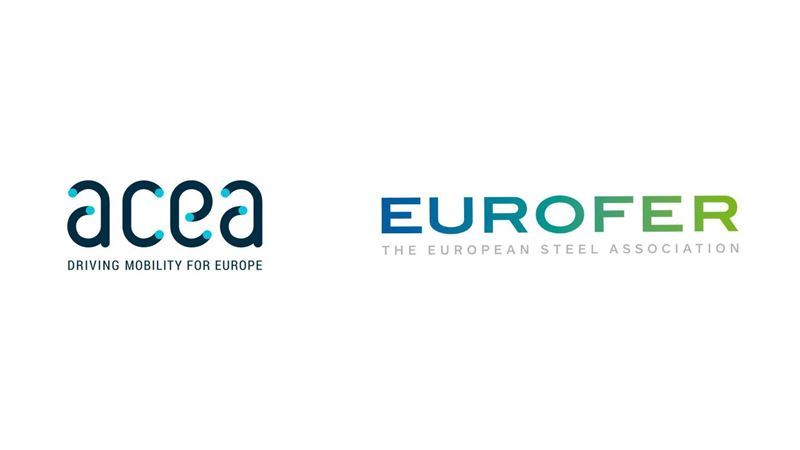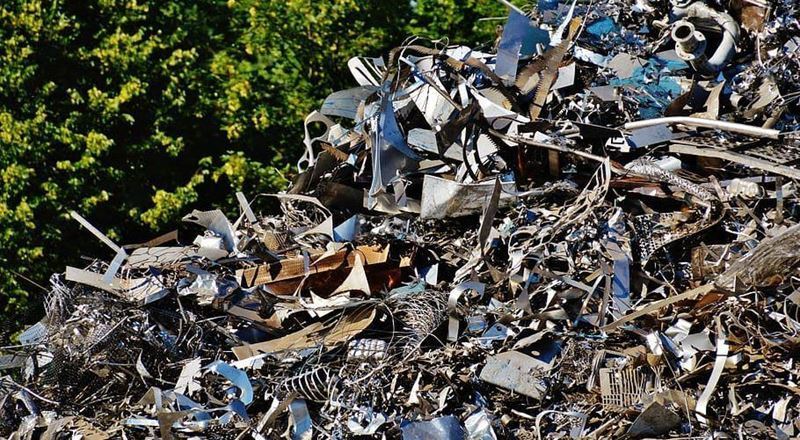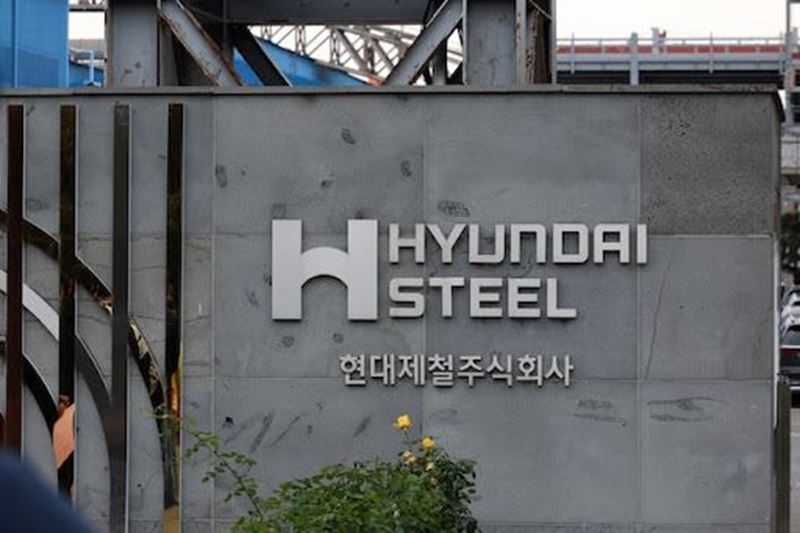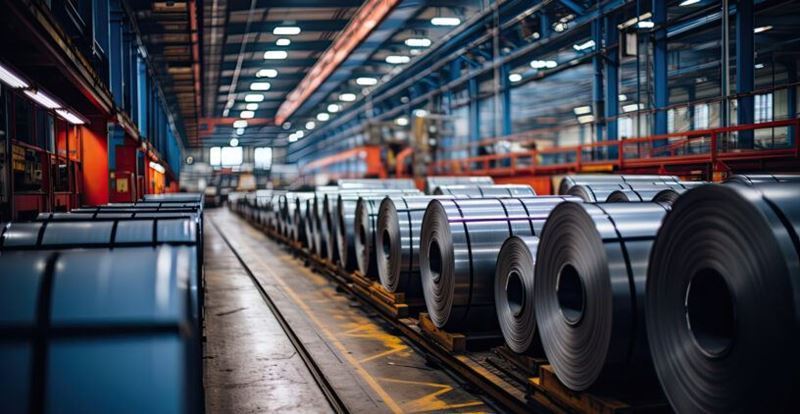Together, these two sectors, which form the backbone of Europe’s industrial strength, directly and indirectly employ more than 13 million people in the automotive industry and over 2.5 million in the steel sector. Both industries drive innovation across their value chains and play a critical role in maintaining the competitiveness of the European economy.
Two sectors closely intertwined
The steel and automotive industries are deeply interconnected. The automotive sector is the second-largest consumer of steel, while a significant share of steel R&D focuses on automotive applications. However, the European steel sector is currently facing low capacity utilization due to global overcapacity, high energy and carbon costs, and weak domestic demand. The slow recovery of EU car markets after COVID-19 and an aging vehicle fleet have further worsened the situation.
“It’s time to turn ambition into action”
Following a series of intensified dialogues with the European Commission, both sectors are emphasizing the need for concrete measures.
EUROFER President Henrik Adam stated, “A strong local steel production base provides a reliable source of supply and reduces exposure to volatile international markets. This is vital for the supply chain of the European automotive industry.”
ACEA President Ola Källenius said, “Without competitive European steel, there can be no European car.” He added that smart regulations could create a win-win situation for both industries, explaining: “For example, when car manufacturers voluntarily source low-carbon steel under CO₂ compliance, this competition becomes part of our industrial transformation toward climate goals.”
A call to the European Council
The two sectors called on the European Council to establish a fair industrial transformation framework that supports EU-made products, safeguards employment, strengthens competitiveness, and enables Europe to achieve its climate ambitions.









Comments
No comment yet.